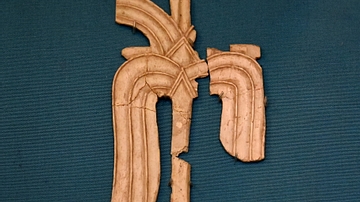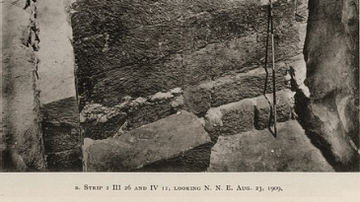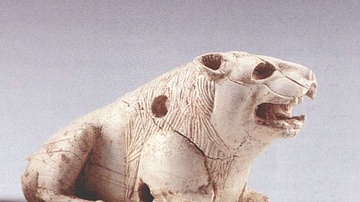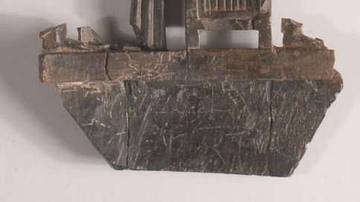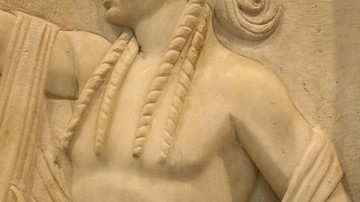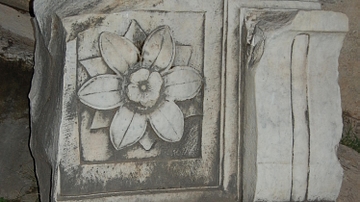Illustration
Apollo was the god of music, light, truth, and healing in Graeco-Roman mythology, but this statue was found in a temple dedicated to "Kore", the goddess of the underworld and vegetation. The back of the statue was not polished, suggesting that the statue was placed inside a niche within the temple. This type of Apollo statue was derived from a 4th century BCE work by the Athenian sculptor Praxiteles; copies of his work became popular in the 2nd century CE. Roman period, early 2nd century CE. From Samaria, Sebastia, near Nablus, in modern-day West Bank, Palestinian Territories. (The Jordan Museum, Amman, Jordan).
About the Author
Cite This Work
APA Style
Amin, O. S. M. (2019, February 19). Marble Statue of Apollo from Samaria. World History Encyclopedia. Retrieved from https://www.worldhistory.org/image/10099/marble-statue-of-apollo-from-samaria/
Chicago Style
Amin, Osama Shukir Muhammed. "Marble Statue of Apollo from Samaria." World History Encyclopedia. Last modified February 19, 2019. https://www.worldhistory.org/image/10099/marble-statue-of-apollo-from-samaria/.
MLA Style
Amin, Osama Shukir Muhammed. "Marble Statue of Apollo from Samaria." World History Encyclopedia. World History Encyclopedia, 19 Feb 2019. Web. 16 Apr 2025.



